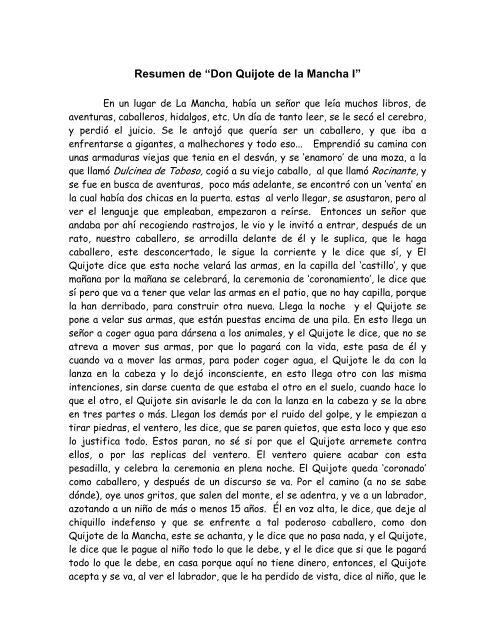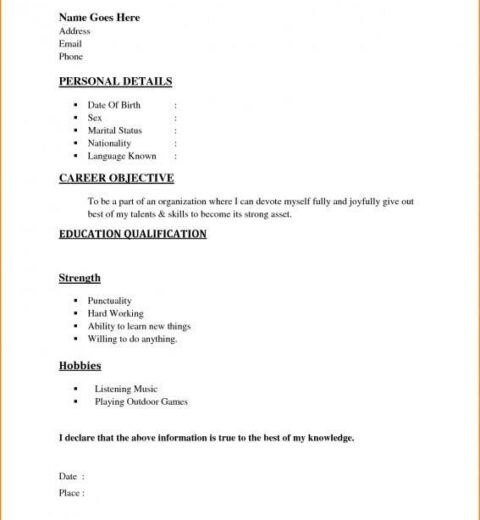Throughout literary history, few characters have encapsulated the complexities of human experience as vividly as Don Quijote, the delusional knight-errant crafted by Miguel de Cervantes. The novel, “Don Quijote de la Mancha,” narrates the misadventures of a provincial gentleman who, driven mad by the chivalric romances he avidly consumes, undertakes a quest to revive chivalry in a world he perceives as perilously devoid of honor. To traverse the landscape of this illustrious tale, one must examine not only its intricate storyline but also its encompassing themes.
The narrative begins in La Mancha, where Alonso Quixano, a retired country gentleman, becomes consumed by his readings of knightly tales. This obsession alters his perception of reality, prompting him to adopt the moniker of Don Quijote de la Mancha. Armed with an antiquated suit of armor, an old horse named Rocinante, and an unwavering resolve tempered by madness, he sets forth to restore a time-honored idealism he believes is languishing in decay.
Don Quijote’s story is punctuated by a series of misadventures that challenge his understanding of nobility. Early in his odyssey, he encounters a group of windmills, which he mistakenly identifies as giants. In his fervent belief and corresponding insanity, he charges at them, only to be thwarted and ridiculed. This initial escapade encapsulates a central theme of the narrative: the tension between reality and illusion. Cervantes meticulously crafts Don Quijote’s delusions to not only evoke humor but also to prompt contemplation on the nature of perception.
As the tale unfolds, Cervantes juxtaposes Don Quijote with his pragmatic squire, Sancho Panza, who provides a foil to the knight’s lofty aspirations. Sancho, though equally susceptible to the charm of fantasy, maintains a grounded perspective. His simplistic wisdom often serves as a pragmatic commentary on Don Quijote’s lofty ideals. This relationship illustrates another overarching theme: the dialectic between idealism and realism. Through their interactions, Cervantes invites readers to ponder the merits and pitfalls of both worldviews. Sancho’s earthly concerns, contrasted against Don Quijote’s grand aspirations, lead to a rich exploration of human motivations.
The concept of identity also permeates the narrative as Don Quijote’s self-engineered persona clashes with societal expectations. By donning the armor of a knight, he adopts a new identity that both enthralls and bemuses those around him. Cervantes cleverly examines how identity is constructed through cultural narratives and societal roles. As Don Quijote navigates various encounters—with innkeepers, peasants, and nobles alike—he challenges the social hierarchies of his time. His quest for honor is met with skepticism, yet it simultaneously ignites a consideration of what it means to live a life of virtue and authenticity.
Moreover, “Don Quijote de la Mancha” delves deeply into the complexities of love and longing. The character of Dulcinea del Toboso becomes the object of Don Quijote’s unrequited affection, symbolizing the unattainable ideal of love. This idealization serves as both a driving force for his adventures and a continual source of disillusionment. As Don Quijote endeavors to win her love and favor, he remains oblivious to the stark reality that she is but a figment of his imagination—a mere peasant woman transformed into the emblem of knightly devotion. Here, Cervantes poignantly critiques the romantic notions of love, positing that the pursuit often bears more significance than the fulfillment.
The structure of the novel is equally noteworthy. Cervantes employs a mix of realism and fantasy, leveraging metafictional techniques that transcend the traditional narrative style of the time. The characters frequently reference their awareness of literature and storytelling conventions, which serves to blur the boundaries between fiction and reality. This innovative approach allows Cervantes to comment on the nature of storytelling itself and invites readers to reflect on their engagement with the text. In doing so, he invites introspection on what constitutes literary truth.
As the novel progresses, Don Quijote experiences numerous trials, ranging from battles against mundane foes to encounters with various characters that represent the spectrum of human experience—both noble and base. His ultimate downfall, marked by his return to sanity and the restoration of his original identity as Alonso Quixano, encapsulates the tragic dimensions of the narrative. The hero’s journey culminates in a profound reflection on the inevitability of disillusionment inherent in the human condition, leaving readers to grapple with the tension between aspiration and reality.
In conclusion, “Don Quijote de la Mancha” serves not merely as a tale of adventure but as a poignant exploration of fundamental themes that resonate through the annals of literature. Cervantes crafts a nuanced narrative that invites reflection on the nature of reality, identity, love, and the labyrinthine complexities of the human experience. It is a reminder that while idealism fuels aspiration, realism tempers our encounters with the world. Through Don Quijote’s journey, readers are encouraged to confront their own beliefs, aspirations, and disillusionments, forever captivated by the interplay of fantasy and reality.




